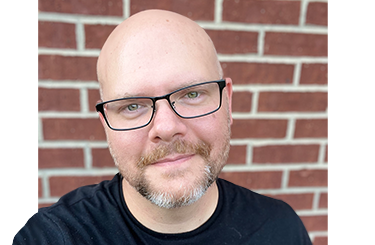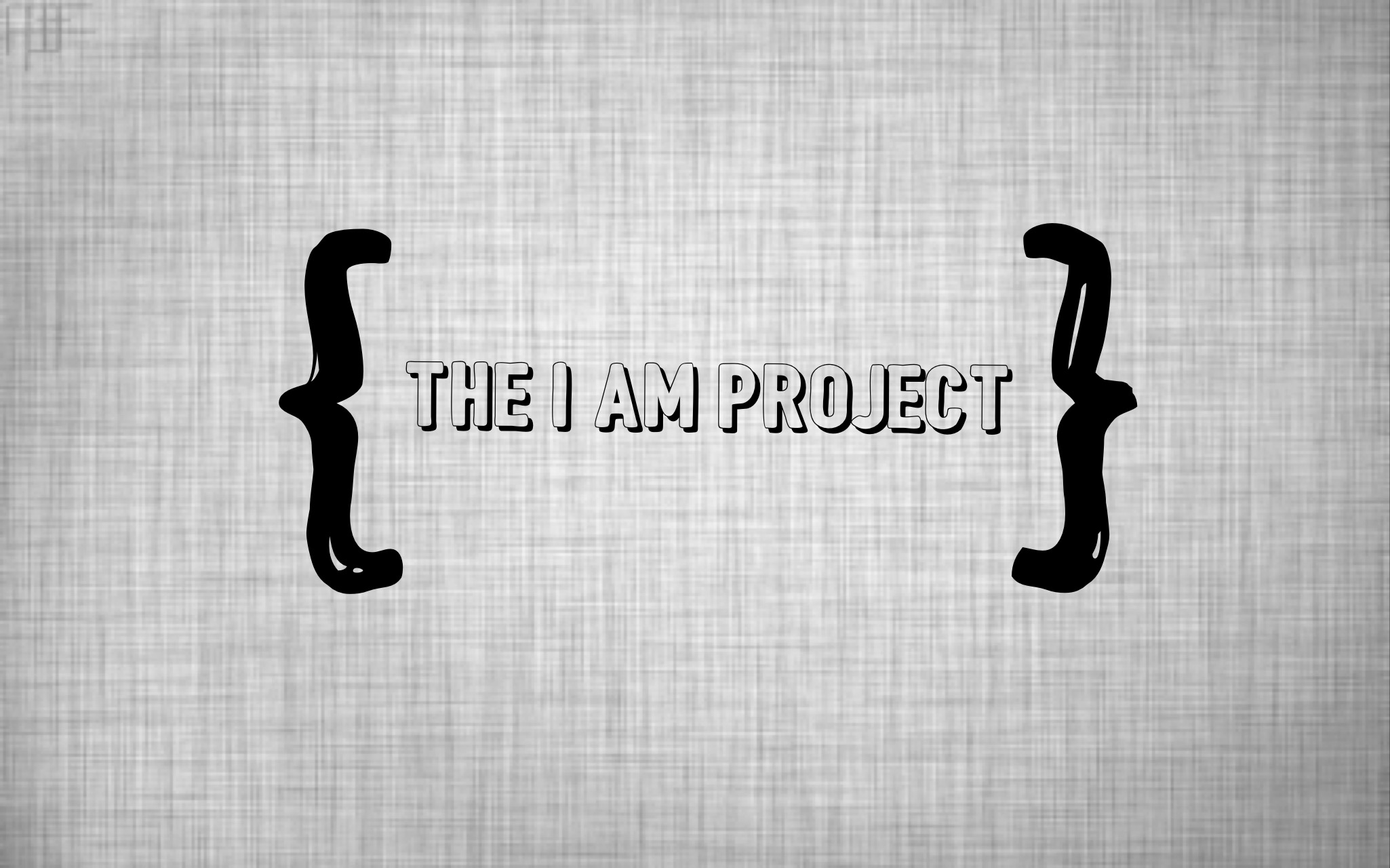I remember the first time my mind wandered aimlessly
Pacing the turns inwardly while releasing
My fears and transgressions with each step accompanied breath
The Spirit unfettered, wholly showing me the quest
With my feet unbridled, I idled at the entrance
Penitent and unworthy to tread with God’s presence
Unknowing what’s before me, I bravely try to stride
On the path of my past I hold fast to hide
On the first purple line the silence is deafening
The candle wicks flicker, the only light transpiring
Guiding me pensively toward my first inward turn
With the world now behind me, my thoughts unfurl
Is beauty universally seen alike in all eyes?
Is beauty left to context, morality, or time?
Is beauty a Godly thing, the Trinity’s inner splendor?
Or is it human construct based in race, class, or gender?
Revelations abound drowning out my reality
As the labyrinth’s simple path winds almost seamlessly
Begging the question of what’s melting away
Is it reality or falsity that’s truly giving way?
The world outside tries to hold fast my heart
Omnipotent dominance it seems as it starts
Parting ways with my soul, staking its claim
I now know my idol. I’ve now named its name
With struggles behind me I slip slowly into
A world of inner circles, whirling, whispering, “This do
in remembrance of me,” as my mind’s eye gazes
on the bread and the wine atop a metaphysical table
My mind’s eye’s impaired for the bread is blurred
Is it unleavened as Paul beckons, or four cornered like the world?
Is it rounded and stiff like a priest’s Sunday collar?
Is it processed and bagged for the American dollar?
The wine, how it sparkles in a cup I know not
Is it silver refined, or clay kilned with cracked pots?
Is it filled individually for communal logistics?
Or one common cup for the monk and the mystics?
The table now set, whetting my deep desire
To sweetly feast, yet my feet seem mired
My mind snaps back, the straight path is lost
Causing hesitation, the frustration, “Dear Lord, what’s the cost?”
My ears now hear amidst the silence
Parapet anthems of victory over violence
The glorious organ gorgonizes my mind
Freezing me in place, a power sublime
The powerful hymns of centuries gone by
Inspire the weak-hearted, those of soul parched and dry
I remember the debate, of late, the bitterness and gall
Of how contemporary music would cause Duke Chapel to fall
A tense, pinched face,
ungraciously distasteful
Murmurs words of scorn
born from lips of past depression
For him, the hymn to whimsical
For her, the words to cyclical
For they do prey on the cynical
An unceasing cycle of miserable spectacle
New music sickens the traditionalist
Missing the Spirit’s movement meant
For a new generation bifurcated upon
An altar of good intention built with stone of ancient song
My walk becomes a dirge, searching for the center
But my eyes arise skyward through the darkness I had entered
A skewed view of centers where worship takes place
The font, pulpit and pews, each of which a means of grace
The pulpit sits upon a ton of quarried, crafted stone
With faces of the past, old memories on loan
For those of our generation often unknowing of the past
The lives of the Saints, stiff in stone in darkness vast
Hearing a Word unheard before
Stories of the soul’s seeking
Is like a babe’s first momentary gaze
Toward the mother of her birthing
Eyes open anew peering deeply into
The mystery of life’s wonder
Understood not completely, yet instinctively known
Is the grace given me so freely
The pews hewn from mighty oak, trussing unsuspecting folk
Who journey here with heavy hearts before departing with lightened yolk
The in between is transformation, desperation lifted ‘way
While hearing that the debt is paid, by grace through faith the soul is saved.
Moving from the pews I wander to the font far off from view
Masquerading a signal import as ottoman of wealthy few
Ornately adorned with sides of eight, contemplating rebirth
Dying with Christ and rising anew, a sinner of infinite worth
At the head of the church, perched high above the maze
A wooden cross hides, disguised amongst disciples’ gaze
Anamnesis teasing time, I find myself within the crowd
Shouting loud a screaming scorn, “A crown of thorns upon his brow!”
Whipped and kicked with sinners’ hate, my Lord awaits his paschal fate
Pilate dances as he dangles silent Christ in grand debate
To the crowd aroused with fury, Pilate hands them God’s own son
With hands still dripping he announces to the crowd, “thy will be done!”
Leading Christ away they prey upon a master’s love
Ridiculing sweet redemption as they raise the lamb above
Upon a tree with nails of three, piercing hands and feet and side
Now deserted and alone his friends leave him there to die
I’m now at the center, entering timid and shy
For this is God’s heart, what value have I
To kneel pneumatically numb, struck dumb by a presence
Radiant and holy, only silent with reverence
Patiently awaiting my penitent sentence
I slowly focus my soul
Memories tremble, escaping assessment
The “why did I” denied by what’s shown
Sitting there silently, pining for time
My heart starts to rip at its seam
The pieces asunder held by hands not mine
Are mended by my loving Redeemer
 “And suddenly from heaven there came a sound like the rush of a violent wind, and it filled the entire house where they were sitting. Divided tongues, as of fire, appeared among them, and a tongue rested on each of them” (Acts 2:2-3). It is difficult to describe the indescribable. It’s as if the Gospel authors didn’t even try to explain the resurrection. Mary came to the tomb and found that the stone had been rolled away. With the exception of Matthew’s description of an earthquake and an angel, that’s about all we have to describe Jesus’ resurrection. It could be that while Jesus walked with the disciples during the forty days after his resurrection he never revealed exactly what happened. I would imagine that at least Peter, James, or John would have asked. On the other hand, maybe Jesus did describe what happened in the darkness of the tomb, but even words couldn’t fully contain the “other” of what resurrection is or was or will be.
“And suddenly from heaven there came a sound like the rush of a violent wind, and it filled the entire house where they were sitting. Divided tongues, as of fire, appeared among them, and a tongue rested on each of them” (Acts 2:2-3). It is difficult to describe the indescribable. It’s as if the Gospel authors didn’t even try to explain the resurrection. Mary came to the tomb and found that the stone had been rolled away. With the exception of Matthew’s description of an earthquake and an angel, that’s about all we have to describe Jesus’ resurrection. It could be that while Jesus walked with the disciples during the forty days after his resurrection he never revealed exactly what happened. I would imagine that at least Peter, James, or John would have asked. On the other hand, maybe Jesus did describe what happened in the darkness of the tomb, but even words couldn’t fully contain the “other” of what resurrection is or was or will be.







